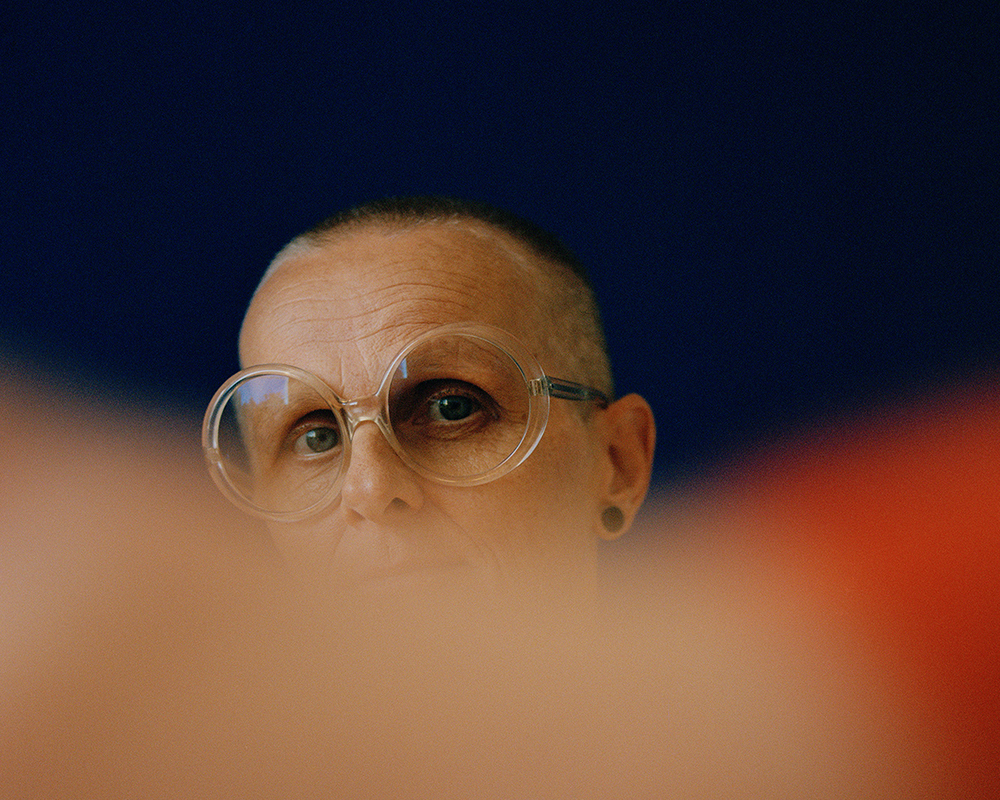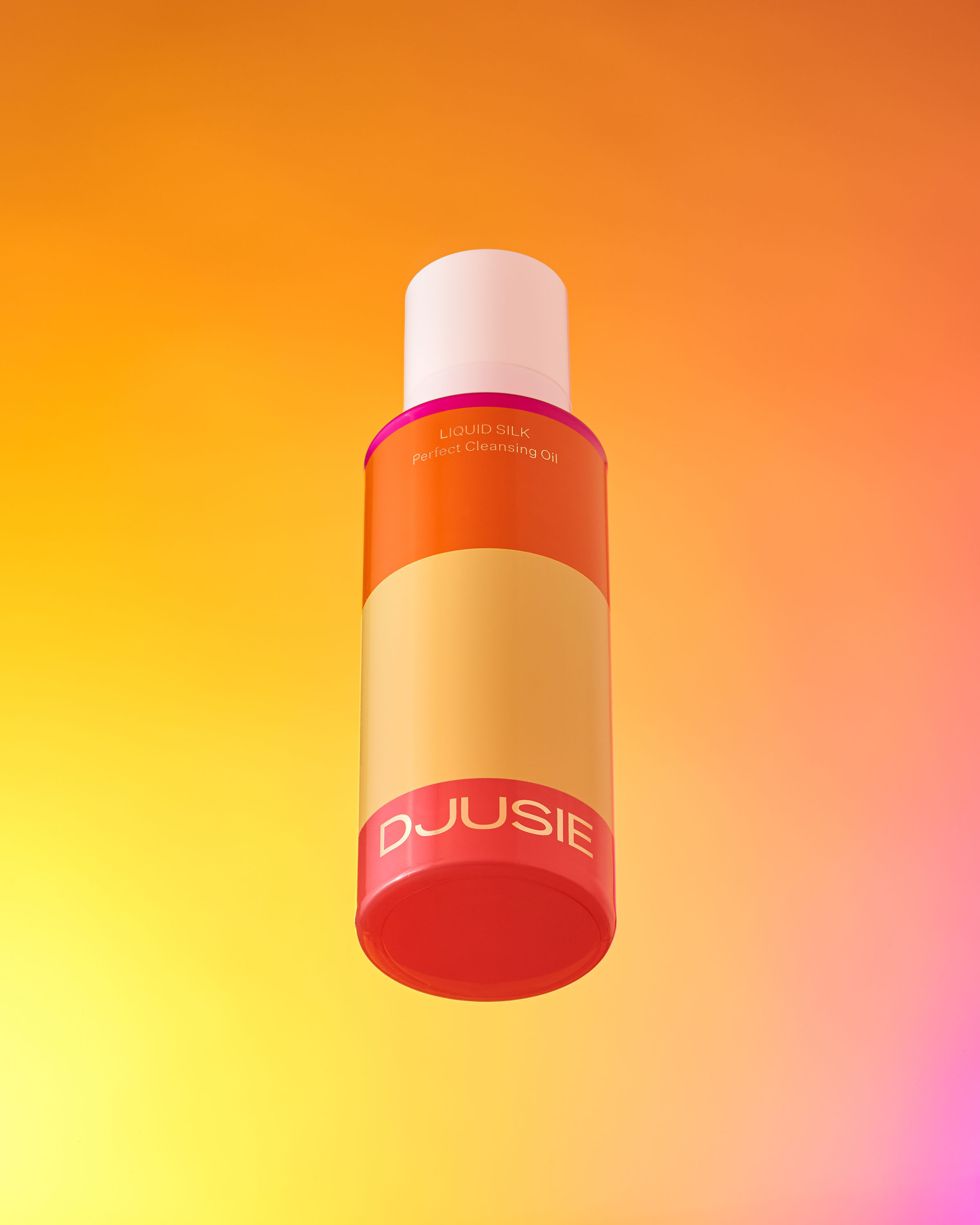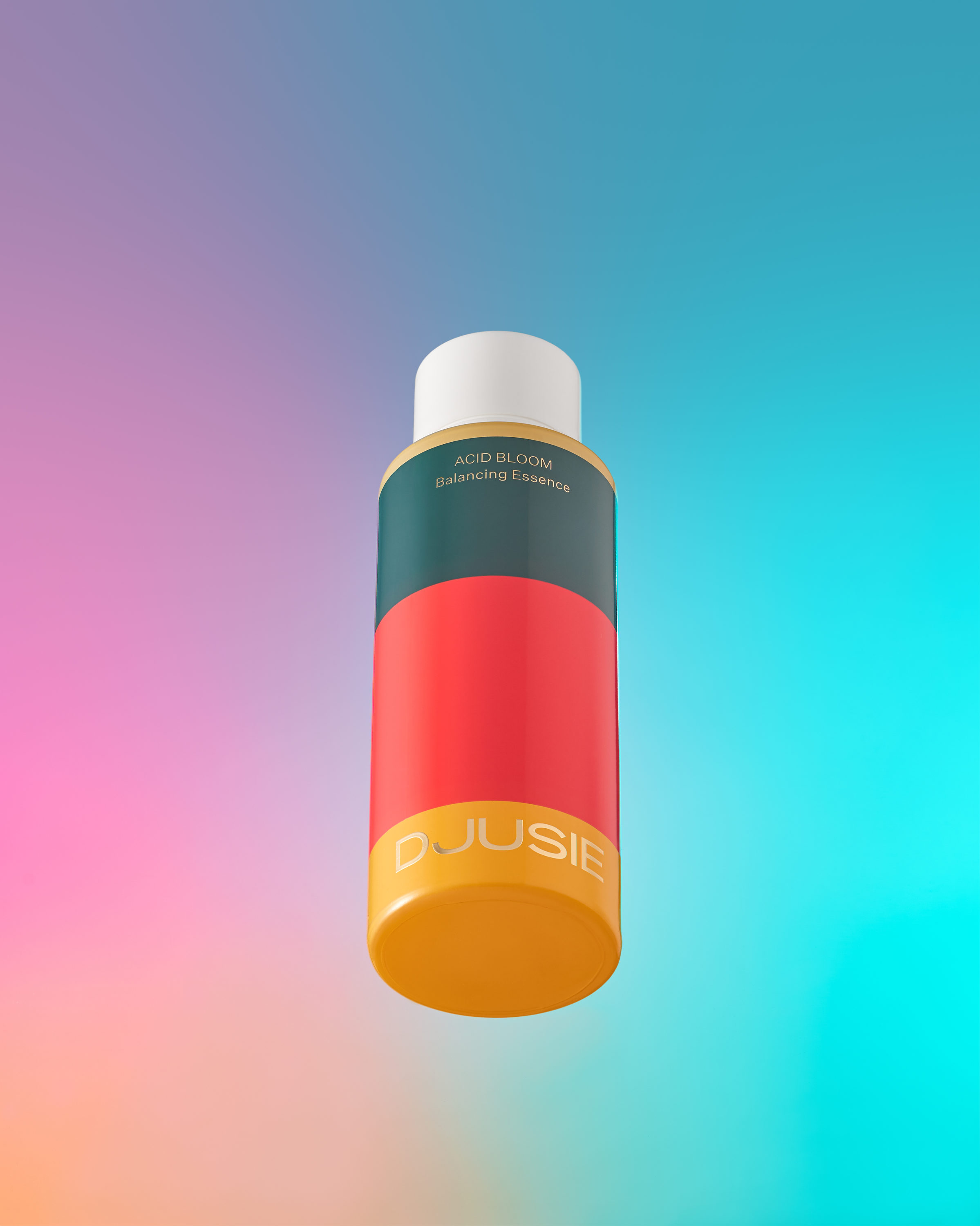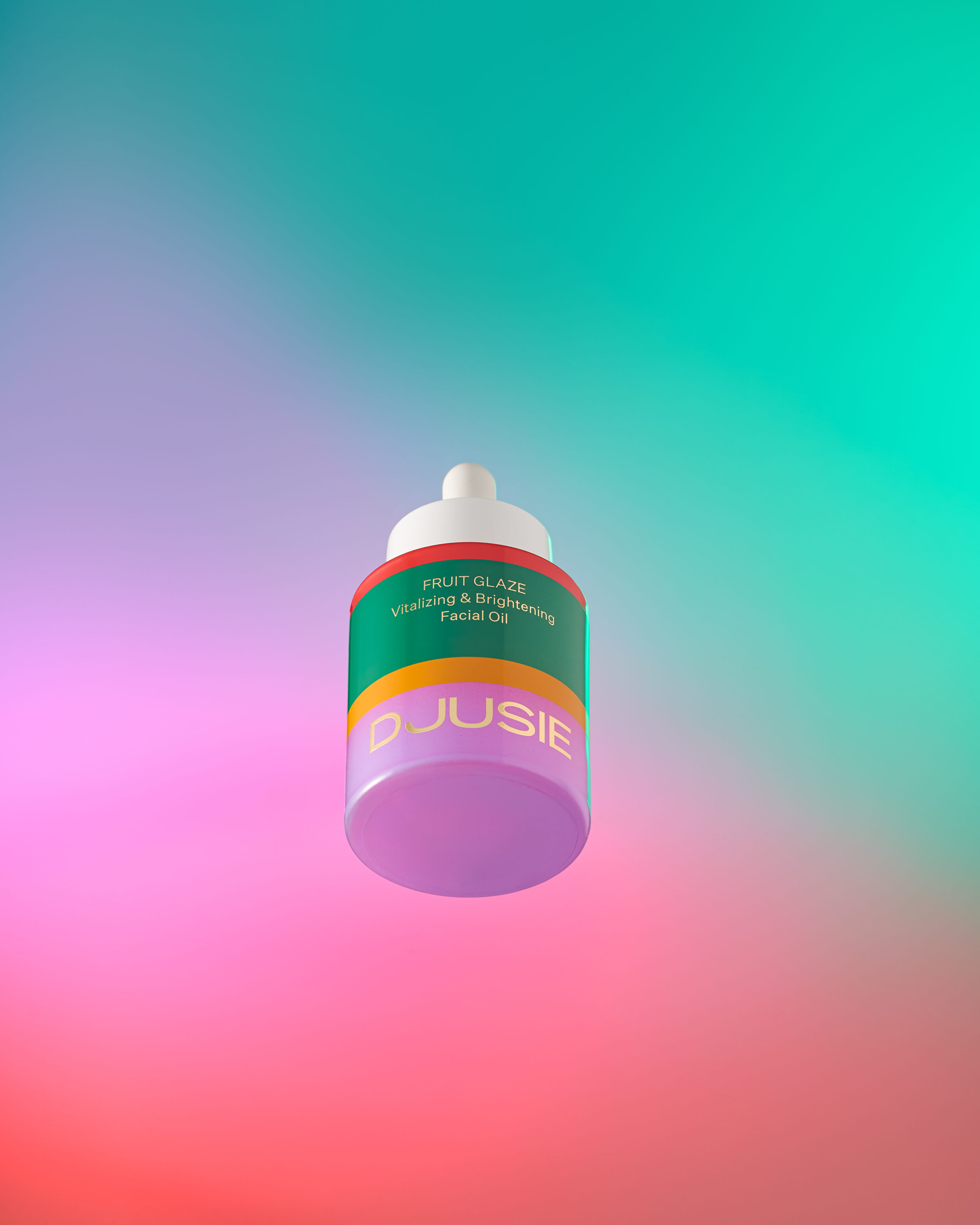
Treatment of pigment spots
Pigment spots are typically an adult skin problem. They can occur on any skin type and are associated with a hormonal imbalance. They may also be caused by an underlying disease, medication, post-inflammatory condition, or liver dysfunction.
The most common types of pigment disorders are lentigos and melasma. A hormonal disorder causes melasma. It can occur as large spots, typically around the lips, forehead, and cheekbones. Melasma is associated with increased melanocyte-stimulating hormones, occurring more frequently in people using hormonal contraceptives or during pregnancy or menopause. Melasma spots that form during pregnancy may disappear on their own over time. Chronic stress can also cause melasma because the hypothalamus and pituitary gland produce melanocyte-stimulating hormones.
Lentigos are smaller, spottier patches than melasma and usually occur on areas of skin exposed to many suns, such as the palms of the hands and décolleté, as the skin ages. Lentigos are also called sunspots.
Hyperpigmentation can also occur after skin damage; the most typical example is scarring caused by acne.
Treating hyperpigmentation is challenging. Protecting your skin with a high sun protection factor (SPF) is the most effective way to prevent pigment spots when in the sun. If you are prone to hyperpigmentation, a high SPF should be used from spring to late summer, especially when outdoors in sunny weather. In other regards, the skin should be treated according to skin type, but the products should contain anti-pigmentation and brightening agents. In addition to external products, it is important to combine the treatment with manual therapy, that is, facial massage, which improves the metabolism of the skin and stimulates the flow of lymphatic fluids. It is also important to remove stress because this balances hormonal activity.
Pigment spots can be treated with substances that inhibit the formation of melanin, or pigment, by preventing the production of hormones that stimulate melanocytes. In addition, there are substances that inhibit the activity of the tyrosinase enzyme involved in melanin production. Pigment production can also be prevented through the use of agents that prevent melanin-filled melanosomes from migrating to the upper layers of the skin meaning that the pigment cannot form. In addition, there are substances that break down melanin. The effects of treatment for pigment spots are usually only visible after 2–4 months of treatment and it is absolutely essential that the treatment is holistic to get the best results.
Fruit acids, bisabolol, acai berry oil, reishi, cucumber, liquorice root, mulberry, lilies, daffodils, probiotics, amla, vitamin C, vitamin E and arbutin are good active ingredients for minimising the appearance of pigment spots. In addition, all antioxidants are useful in the treatment of pigment spots. Glycolic acid, a member of the AHA group of acids, both helps to treat pigment spots, but also predisposes the skin to them; therefore, the skin should always be protected with a sunscreen product when using AHA acids.
Skin-care products can only affect the surface of the skin, but in the treatment of pigment spots it is also important to treat the deeper dermis and improve the metabolism of the skin and the removal of waste products by activating lymphatic circulation. Therefore, a regular facial massage a few times a week is an important part of the treatment.
Chinese medicine views pigment disorders as being liver related. Therefore, the skin’s treatment can be supported with a course of herbal supplements. Good herbs for the liver include burdock, nettle, dandelion, turmeric and globe artichoke. A nutrient-rich diet made up of whole foods also supports liver function. Ultra-processed foods, low-quality vegetable oils and sugar should be avoided.
Djusie skin-care products are designed to treat pigment spots. The Liquid Silk Cleansing Oil helps keep the skin’s protective hydrolipidic film in balance, creating the foundation for external skin care. The cider vinegar, reishi extract, and gotu kola contained in Djusie’s Acid Bloom essence brighten the skin and prevent the formation of pigment spots. Djusie’s Fruit Glaze facial oil is a powerful product for treating pigment spots. The raw materials it contains are optimal for minimising their appearance: each has a beneficial effect in the treatment of pigment spots, but bisabolol and acai berry oil act together in a special way. This compound has been found to inhibit the formation of pigment spots and brighten skin tone without sensitising the skin, more effectively and for a longer time than kojic acid and arbutin.
SHOP PRODUCTS
We want you to see the authentic beauty that is already in you. While you radiate, let us help you keep your skin healthy.
JOIN OUR MAILING LIST
BE THE FIRST TO HEAR
Get the latest news and juiciest offers delivered to your inbox. You will also have a chance of winning a Djusie ‘Flourish’ Original Art Print by Sanna Mander.



